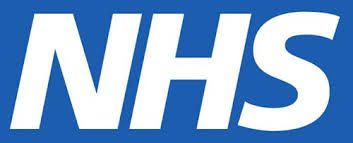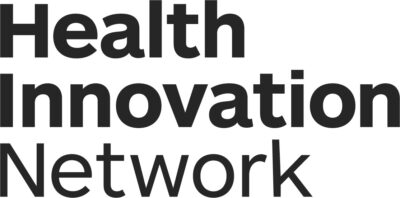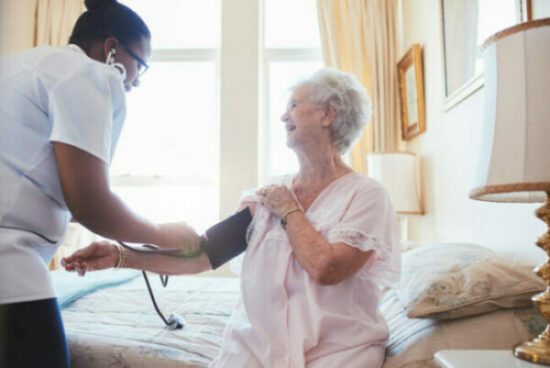Some people are more at risk than others of becoming unwell very quickly and developing a serious illness such as sepsis. This is known as ‘deterioration’ and it is important that anyone who cares for individuals who are at risk of deterioration knows how to spot the signs, especially during the current COVID-19 outbreak.
This film gives an introduction to sepsis and serious illness.
The film was produced by Wessex Academic Health Science Network, West of England Academic Health Science Network (AHSNs) and West Hampshire Clinical Commissioning Group (CCG), funded by Health Education England (HEE) and is part of a series of free videos and e-learning materials.
What tools are available?
Most tools for managing deterioration include some or all of these three elements:
- National Early Warning Score (NEWS): This simple scoring system is used by GPs, all ambulance services and most acute hospital trusts and is based on six common physiological measurements, such as blood pressure and respiratory rate.
- Soft signs: You may not be able to take the measurements required to complete a NEWS score, for instance if you work in a residential care home, or are a professional or family carer supporting someone in their own home. In these situations, you can still watch for early ‘soft signs’ to help you recognise physical deterioration and take the appropriate actions.
- Structured communication: SBARD is a tool to raise and communicate concerns in a structured way, to ensure people get the support they need quickly. Each tool includes a template based on the SBARD approach to help you do this. This short film explains more about structured communication and escalation.
Need more?
This article published by Oxford Academic looks at the feasibility of using NEWS in care homes in a clinical commissioniong group in the North East and North Coast AHSN area. A short report has also been produced by the North East Quality Observatory Service surveying the use of NEWS by GP practices within the AHSN area.
This white paper from Geoff Cooper at Wessex AHSN looks in more detail at using soft signs to identify deterioration, with case studies of recognising soft signs in practice.
The films on this page are part of an HEE e-learning package. To obtain a certificate of learning, it is recommended that you access the films as part of the full training on their e-Learning for Healthcare (e-LfH) hub.
Follow this link for more information on patient safety during COVID-19.

There is a wealth of HealthTech innovators poised to help solve some of the NHS’ greatest challenges, yet getting a product or new technology adopted at scale in the NHS is far from straightforward. In a recent ABHI member’s survey*, procurement was cited as one of the biggest barriers that innovators face, particularly those from [...]

Tellmi is a social enterprise innovation which aims to address the growing demand for mental health services and tackle health inequalities for young people. It is a digital peer support app available launched in 2017 by psychologist Suzi Godson PhD and engineer Kerstyn Comley PhD. Kersytn explains how Tellmi works. Tell us about the innovation. [...]

The NHS is facing record demand for services. According to The Health Foundation, the NHS waiting list for elective treatment in England has almost tripled in size over the last decade to 7.7 million. And latest figures show there were a record 2.35 million attendances at A&E across England in March this year. We know [...]







